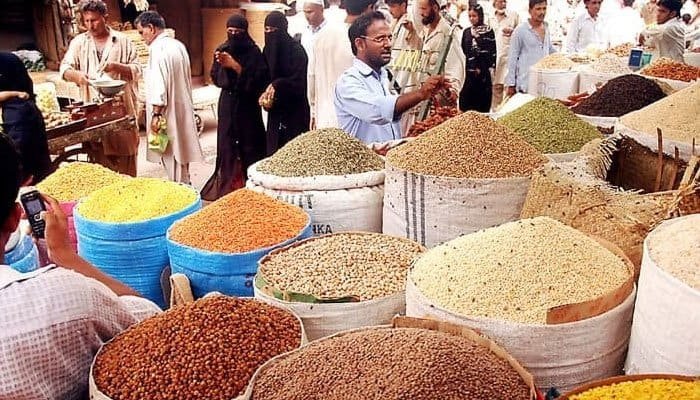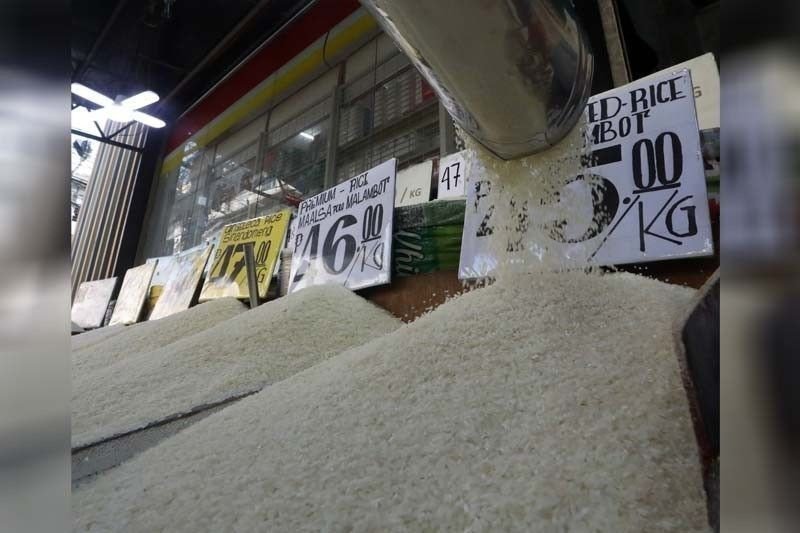Tags
Philippines’ rice industry in danger of being ‘drowned out by cheap imports’: report
Policy failures and under-investment among factors for exacerbating country’s import reliance to the detriment of the local farming industry, report says.
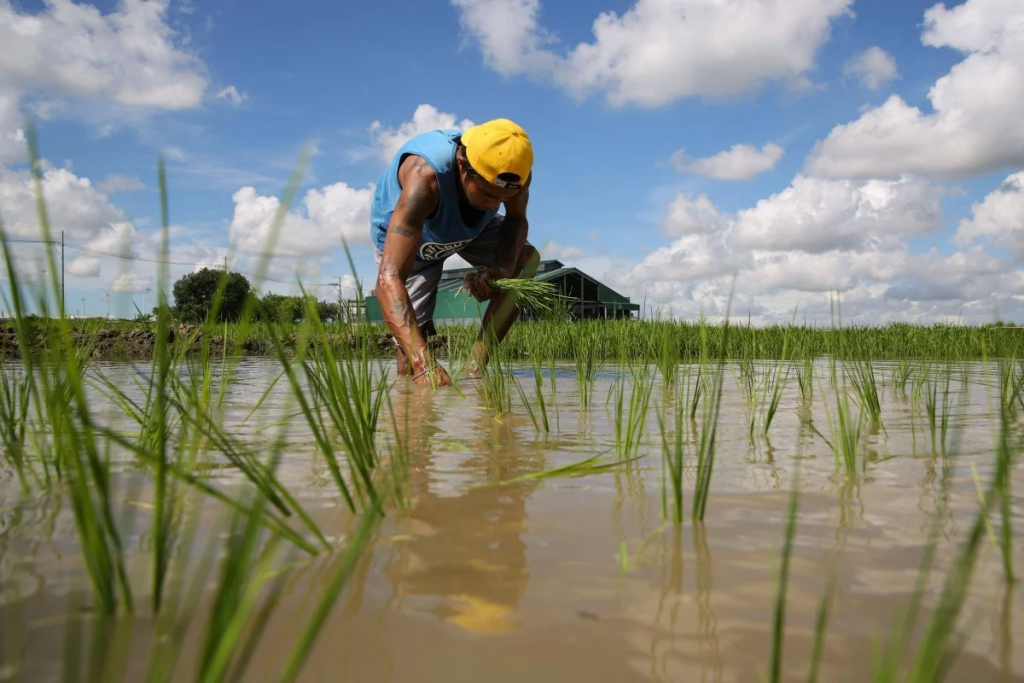
SCMP’s Asia desk
The Philippines’ rice industry is in danger of being “drowned out by cheap imports”, according to a new report, with experts also warning that prolonged policy inertia could affect the country’s food security.
The report, produced by the Integrated Rural Development Foundation, said policy failures and under-investment had pushed the country’s farming industry into its “most vulnerable position in decades”, according to The Manila Times.
The Philippines became the world’s top rice importer in 2024, with imports hitting a record 4.7 million metric tons. In March last year, the annual rate of increase in rice prices hit a 15-year high of 24.4 per cent. Households were badly hit in the country, where rice is a staple.
The slashing of tariffs on imported rice from 35 per cent to just 15 per cent last year was among the factors to blame, the report said.
Decades of unchecked land conversion, which saw farmland subdivided and replaced with commercial real estate, have also exacerbated import reliance – causing the loss of 3.3 million metric tons in potential milled rice annually.
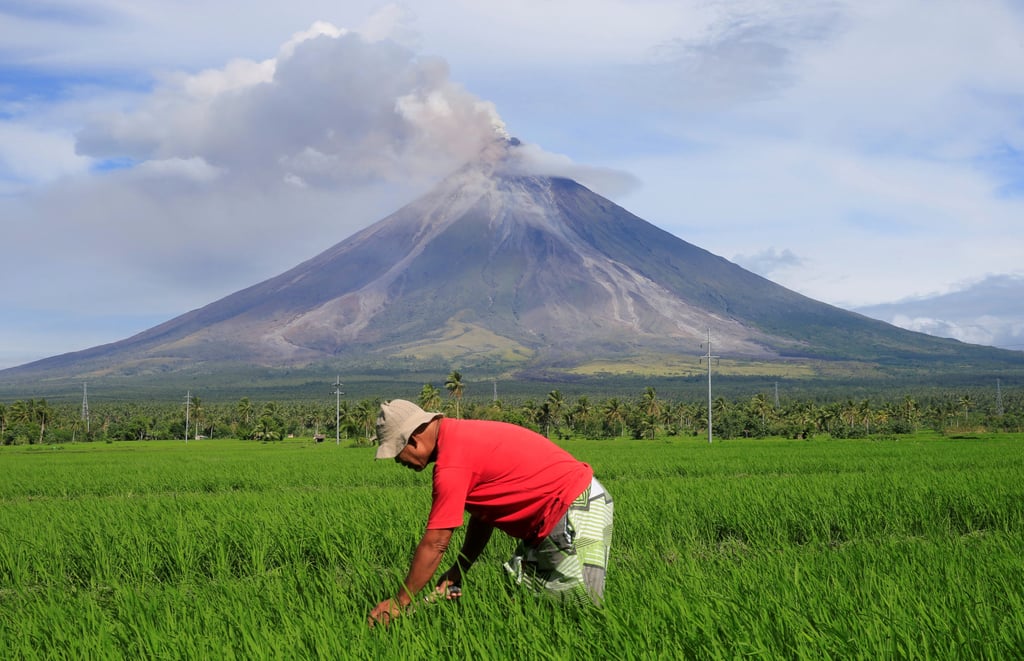
“Our local rice industry is being drowned by a flood of cheap imports,” said former university professor Teodoro Mendoza, one of the report’s authors.
“Had the 520,000 hectares of prime rice lands not been converted, the Philippines would be a rice-surplus country.”
Rice producers only receive as little as 11–12 Philippine pesos (20–21 US cents) per kilogram of rice for their efforts, far below the 17–18 pesos cost of production, according to the report.
“This is actively disincentivising our ageing farmers and driving the youth away from agriculture,” Mendoza warned.
The report slammed decades of government under-investment in agriculture, citing outdated irrigation systems, patchy access to high-yielding seeds, and insufficient public spending on agricultural research and development – at 0.3 per cent of gross domestic product, it falls well below Unesco’s 1 per cent benchmark.
Farmers are also trapped in debt by “rice cartels” – unregulated power brokers that manipulate rice prices through predatory practices – while consumers still face inflated retail prices, according to the report.
There is a sliver of hope, however, with output in the 2024-25 season expected to hit 19.7 million tons – a slight increase from the five-year average – and help bring down overall costs, according to the UN Food and Agriculture Organization.
In February, Philippine authorities declared a food security emergency, allowing the government to release buffer stocks, in a bid to bring down rice prices.
Two months later, the government announced it would sell some of its rice inventories at heavily subsidised prices. The subsidy programme will run until December.
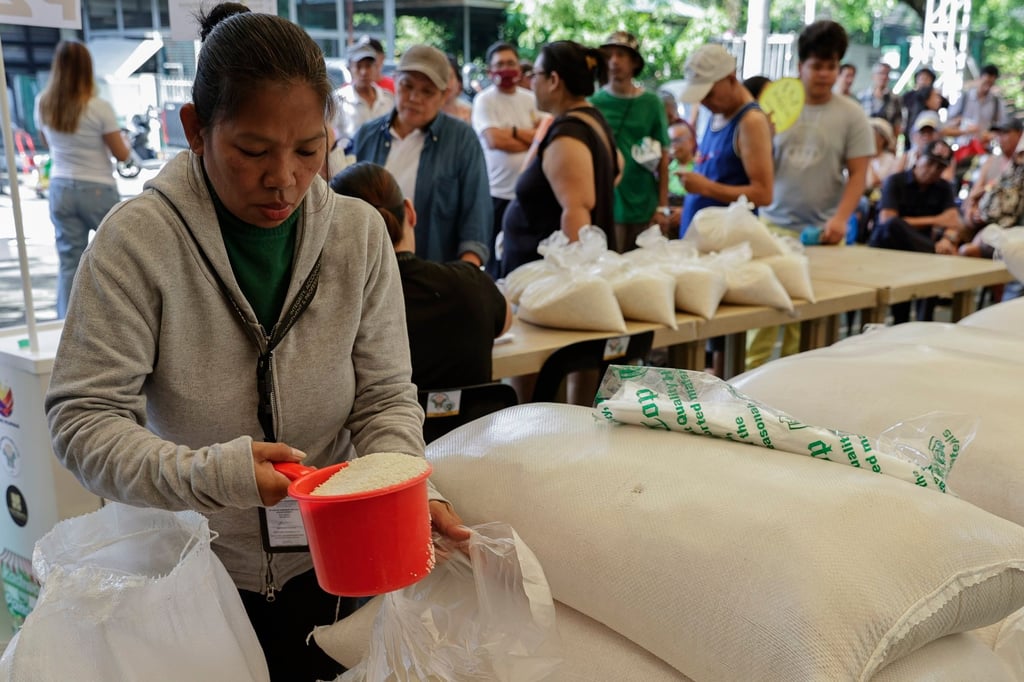
In the first five months of this year, the Philippines imported 1.7 million tons of rice – down 20.9 per cent from a year ago, data from the Bureau of Plant Industry showed.
The report proposed a legally mandated minimum support price of 25 pesos per kilogram for unhusked rice, as well as a reformed and decentralised National Food Authority. Its authors also demanded for the immediate passage of the National Land Use Act.
“This dormant bill must be legislated and strictly enforced,” it urged, warning that without it, the conversion of rice-producing lands would continue unabated.
“We are not just losing land – we are losing the future of Filipino farming.”
The US Department of Agriculture estimates that Philippine rice imports will hit a record 5.5 million metric tons in 2026, maintaining the country’s ranking as the world’s biggest importer of the household staple.
On Monday, the Asian Development Bank said it would invest up to US$1.5 billion from 2025 to 2030 to bolster sustainable and low-carbon rice production in the Philippines and the rest of Asia-Pacific, according to The Philippine Star.
About US$500 million will be directed towards supporting vulnerable smallholder farmers in the Philippines.
https://www.scmp.com/week-asia/economics/article/3314067/philippines-rice-industry-danger-being-drowned-out-cheap-imports-report?module=perpetual_scroll_0&pgtype=articlePublished Date: June 12, 2025




